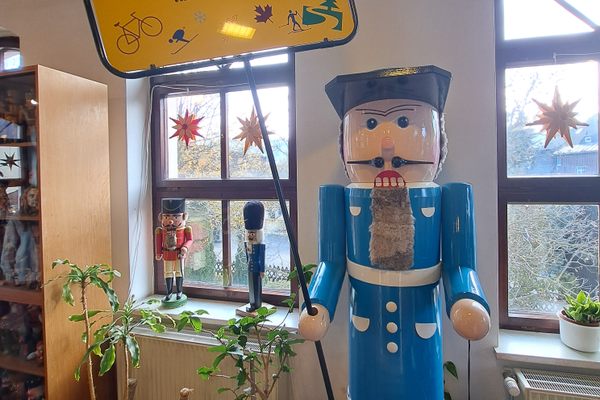About
In 1866, Erasmus Jacobs found a tiny white pebble on the De Kalk farm on the banks of the Orange River near Hopetown in the former Cape Colony. That pebble turned out to be a 21.25-carat diamond.
It was only five years later that the De Beers brothers gave Dutch diamond prospectors permission to dig on their small Vooruitzicht farm 122 km north of that spot where the tiny pebble was discovered. An even larger 83.5-carat diamond was found on the slopes of a small hill called Colesberg Kopje, which led to the first diamond rush in the area. Besieged by fortune hunters, the De Beers brothers sold their farm and moved elsewhere.
Miners started arriving by the thousands. A frontier town, New Rush, was quickly built up, and spacious homes rose from the dust. In June 1873, New Rush was renamed Kimberley after John Wodehouse, Earl of Kimberley and British Secretary of State for the Colonies.
Among the most ambitious prospectors were two Englishmen, Cecil J. Rhodes and Barney Barnato. Ambitious and enterprising, they bought one holding after another and became the biggest mine owners in the area. In 1888, they merged their companies, and so was born De Beers Consolidated Mines Limited, the forerunner of the firm that still plays a leading role on the diamond stage today, and still has its headquarters in Kimberley.
Kimberley's complex web of roads is a topographic reminder of a chaotic past. And not one but five big holes, and a number of smaller mines, have been gouged out of the earth, reaching ever deeper into its bluish, diamond-bearing Kimberlite pipes. The largest, the Kimberley Mine, or "Big Hole," covered 170,000 square meters, reached a depth of 240 meters, and yielded three tons of diamonds. The mine was closed in 1914, although three of the holes – Du Toitspan, Wesselton and Bultfontein – continued operating until 2005.
Today the Big Hole is part of a larger museum. This is a unique open-air museum with viewing platforms and a wide selection of original houses, offices, and shops. The museum boasts Kimberley’s oldest house (imported from England in 1877), The Digger’s Rest pub, Barney Barnato’s boxing academy, a tobacconist shop, a reconstruction of the De Beers’ homestead, and mock diamond diggings.
Related Tags
Published
November 7, 2013

















